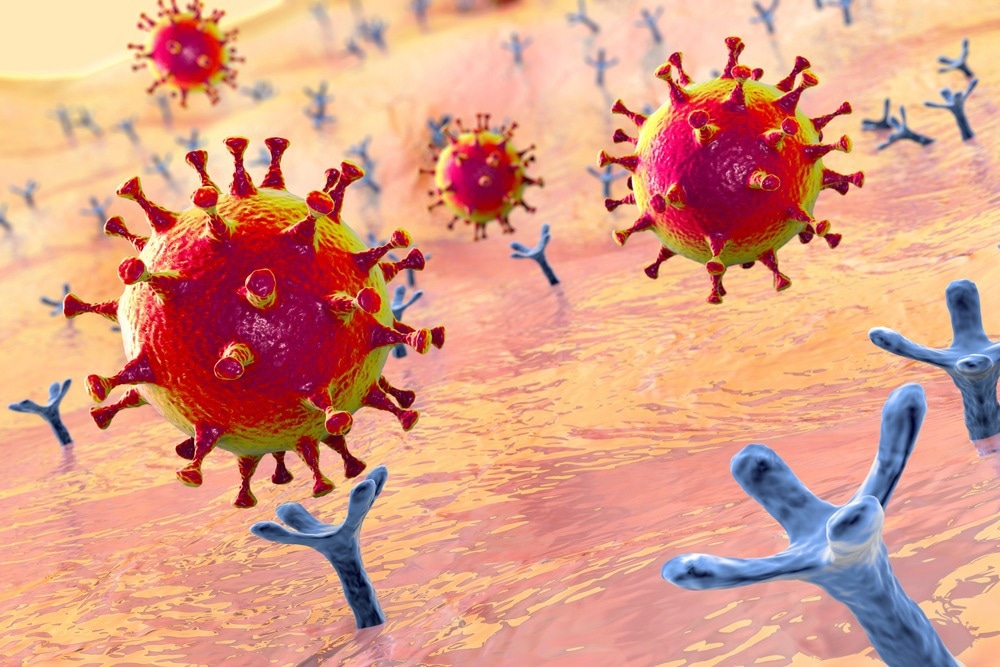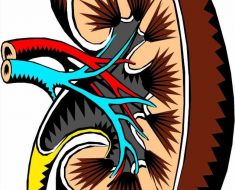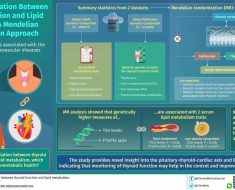In a recent study posted to the bioRxiv* server, researchers investigated the reasons for the rapid advent of severe acute respiratory syndrome coronavirus 2 (SARS-CoV-2) XBB.1.5, a sublineage of the Omicron recombinant mutant XBB in the United States of America (USA).

Background
XBB.1.5 might drive the next global wave of coronavirus disease 2019 (COVID-19) due to its growth advantages over BQ.1.1 and XBB.1 strains. The researchers believe that a Serine486Proline mutation in the spike (S) protein of XBB.1.5 is driving its rapid transmission. This rare, two-nucleotide substitution is absent in Omicron subvariant XBB.1 and thus needs to be immediately investigated.
About the study
In the present study, researchers collected blood plasma samples from individuals recovering from a breakthrough infection (BTI) by Omicron subvariants, BF.7, BA.1, and BA.5 completed a three-dose regimen of CoronaVac.
Another study cohort had individuals recovering from BA.5 BTI and vaccinated with primary vaccination series of messenger ribonucleic acid (mRNA)-1273 or BNT162b2 vaccines. The team collected plasma samples associated with CoronaVac and the mRNA vaccines on average four and within two to three weeks after hospital discharge, respectively.
They used pseudovirus neutralization (PVN) assays to estimate plasma neutralization titers against XBB.1.5 compared to B.1 (D614G) variant. In addition, the researchers assessed human angiotensin-converting enzyme 2 (hACE2)-binding affinity of the receptor-binding domain (RBD) of XBB.1.5 using surface plasmon resonance (SPR) assays. They compared the SPR results of XBB.1.5 with that of XBB.1, BA.2.75, and BQ.1.1.
Study findings
Immunology eBook

Compared to XBB.1.5 and B.1, plasma from BA.5 BTI patients vaccinated with CoronaVac showed a 39- and 44-fold decrease in 50% neutralization titer (NT50), respectively. Likewise, in BF.7 BTI patients vaccinated with CoronaVac, the plasma NT50 against XBB.1.5 decreased 27-fold relative to that against B.1. Plasma from mRNA-vaccinated individuals recovering from BA.5/BA.1 BTI showed a similar pattern of decline, indicating that albeit slightly weaker, XBB.1.5 showed a comparable humoral immune escape ability as XBB.1, its parent mutant. Moreover, XBB.1.5 similarly evaded therapeutic monoclonal antibodies as XBB.1, except SA55. Also, S309 showed weaker but some neutralization activity against XBB.1.5.
Strikingly, the RBD of XBB.1.5 had a much stronger hACE2-binding affinity than XBB.1 but was comparable to BA.2.75, with dissociation constants (KD) of 3.4 nM vs. 19 nM vs. 1.8 nM. Perhaps this is why XBB.1.5 had a substantial growth advantage over XBB.1 while displaying an exceptionally high immunity-evading potential. Furthermore, the study results explain why XBB mutant and XBB.1 prevailed in only some countries, e.g., India, but BQ.1.1 quickly disseminated across the globe.
Conclusions
Given its high hACE2-binding affinity, XBB.1.5 might acquire more immune-evasion mutations, like BA.2.75, under selective pressure. Also, it might have different pathogenicity compared to the parental mutant strain, XBB. The mechanisms governing the increased pathogenicity and transmissibility of XBB.1.5 requires urgent in-depth investigations. Most importantly, the authors advocated for close monitoring of the circulation and evolution of XBB.1.5 to help develop effective therapeutic antibodies and vaccines against it.
*Important notice
bioRxiv publishes preliminary scientific reports that are not peer-reviewed and, therefore, should not be regarded as conclusive, guide clinical practice/health-related behavior, or treated as established information.
Declaration of Competing Interest
Y.C. is a co-founder of Singlomics Biopharmaceuticals and inventor of provisional patents associated with SARS-CoV-2 neutralizing antibodies, including SA55 and SA58.
- Yue, C. et al. (2023) "Enhanced transmissibility of XBB.1.5 is contributed by both strong ACE2 binding and antibody evasion". bioRxiv. doi: 10.1101/2023.01.03.522427. https://www.biorxiv.org/content/10.1101/2023.01.03.522427v1
Posted in: Medical Science News | Medical Research News | Disease/Infection News
Tags: ACE2, Angiotensin, Angiotensin-Converting Enzyme 2, Antibodies, Antibody, binding affinity, Blood, Coronavirus, Coronavirus Disease COVID-19, covid-19, Enzyme, Evolution, Hospital, immunity, Mutation, Nucleotide, Omicron, Proline, Protein, Pseudovirus, Receptor, Respiratory, Ribonucleic Acid, SARS, SARS-CoV-2, Serine, Severe Acute Respiratory, Severe Acute Respiratory Syndrome, Syndrome

Written by
Neha Mathur
Neha is a digital marketing professional based in Gurugram, India. She has a Master’s degree from the University of Rajasthan with a specialization in Biotechnology in 2008. She has experience in pre-clinical research as part of her research project in The Department of Toxicology at the prestigious Central Drug Research Institute (CDRI), Lucknow, India. She also holds a certification in C++ programming.
Source: Read Full Article





